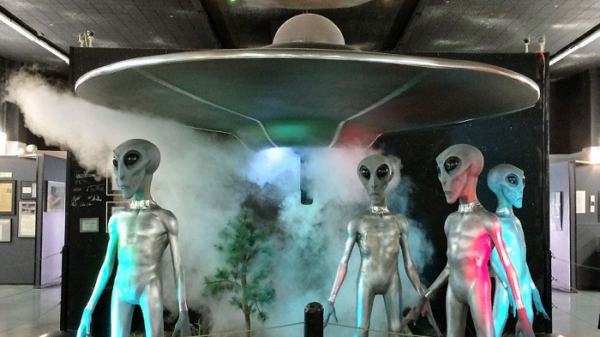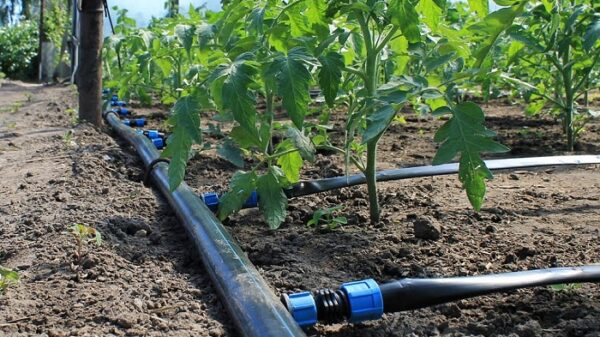Paleontology in Alabama refers to paleontological research conducted by people from the US. state of Alabama.
Pennsylvania plant fossils are common, especially around coal mines. During the early Paleozoic, Alabama was at least partly covered by a sea that would eventually become home to creatures including brachiopods, bryozoans, corals, and graptolites. During the Devonian the local seas deepened and the local wildlife became scarce due to their decreasing oxygen levels.
Life became richer at the beginning of the Carboniferous. Later in the period profusely overgrown swamps spread across the state. The amphibian that lived there left behind one of the greatest fossil footprints from that age known anywhere in the world. A gap in the local rock record spanned the Permian period. During the Triassic the state experienced rifting as Pangea broke apart. Later, during the Cretaceous, the state was again partially flooded with sea water, where marine vertebrates flourished. On land, the state was home to a subtropical forest. The sea covering the southern part of Alabama remained in place at the beginning of the Cenozoic era. Marine invertebrates and primitive whales lived there. The climate cooled and the seas receded until the Ice Age when Alabama was home to mammoths, mastodons, and giant ground sloths.
The largest fossil discoveries in the state’s history include the discovery in 1842 of the first whales. Basilosaurus, and later in 1961 several more remains of the same species were discovered. The Eocene whale Basilosaurus cetoides is the Alabama state fossil.






